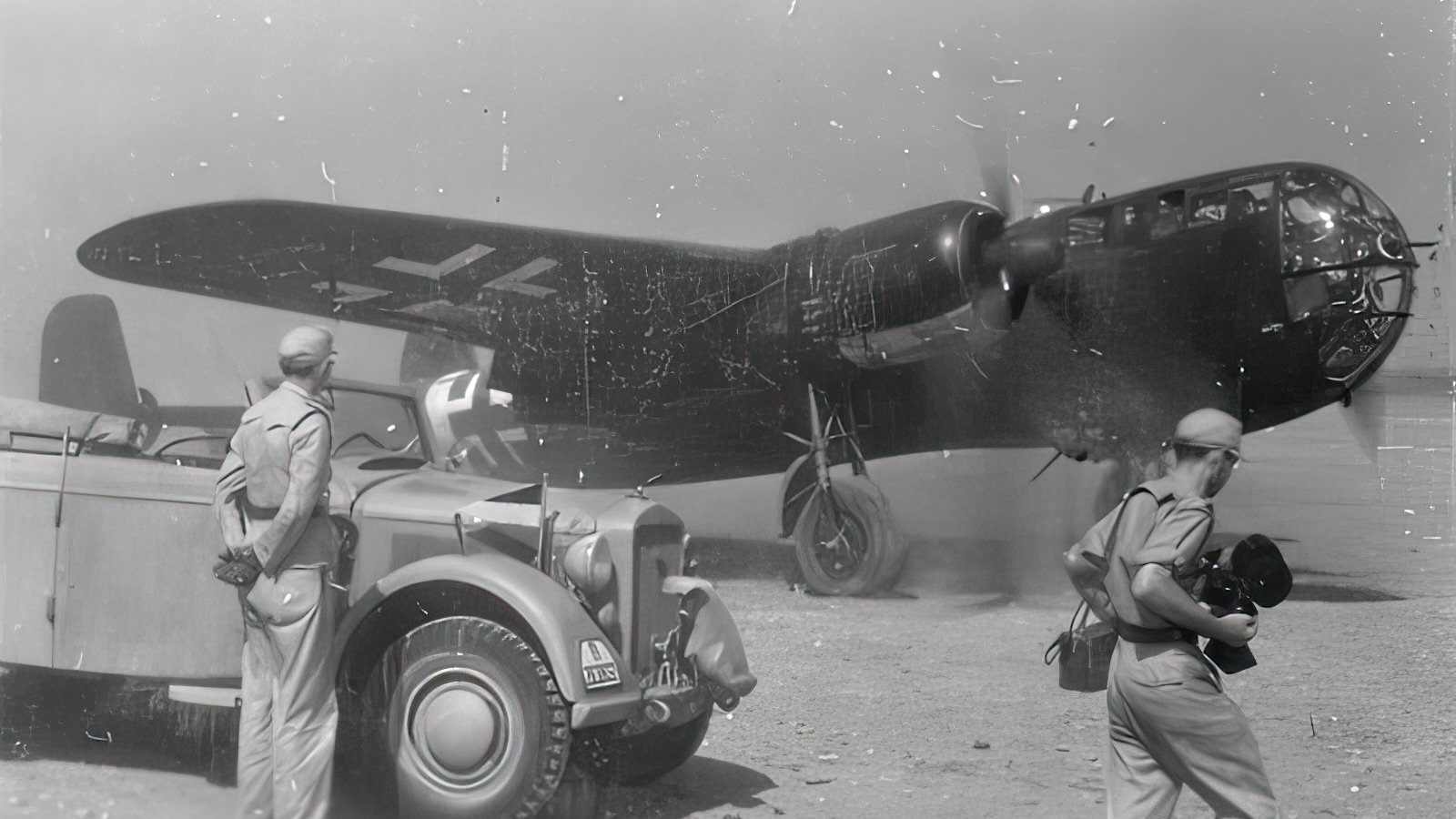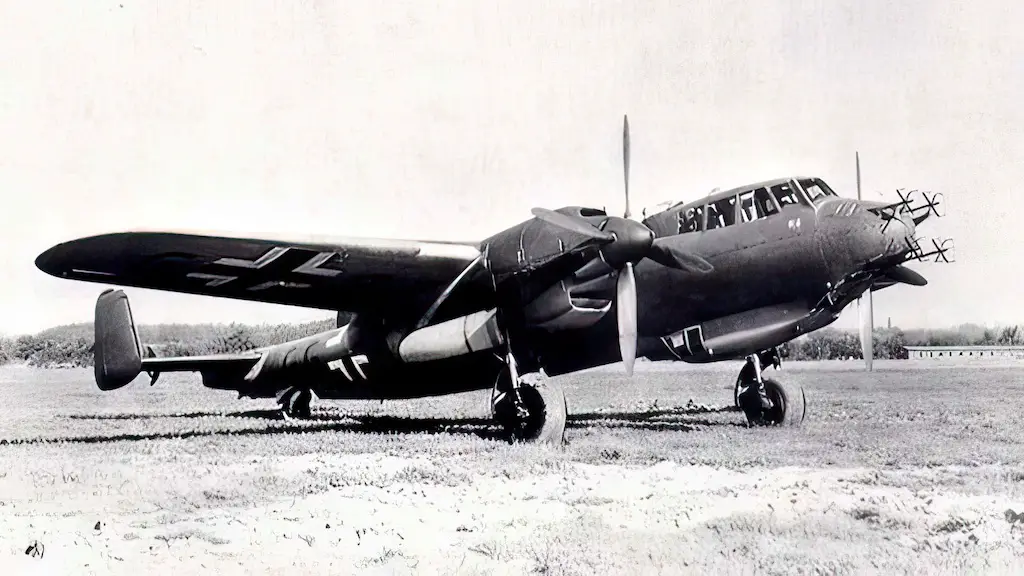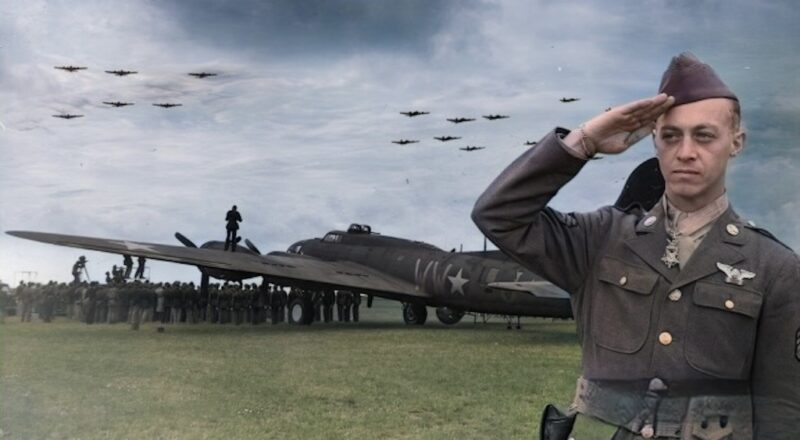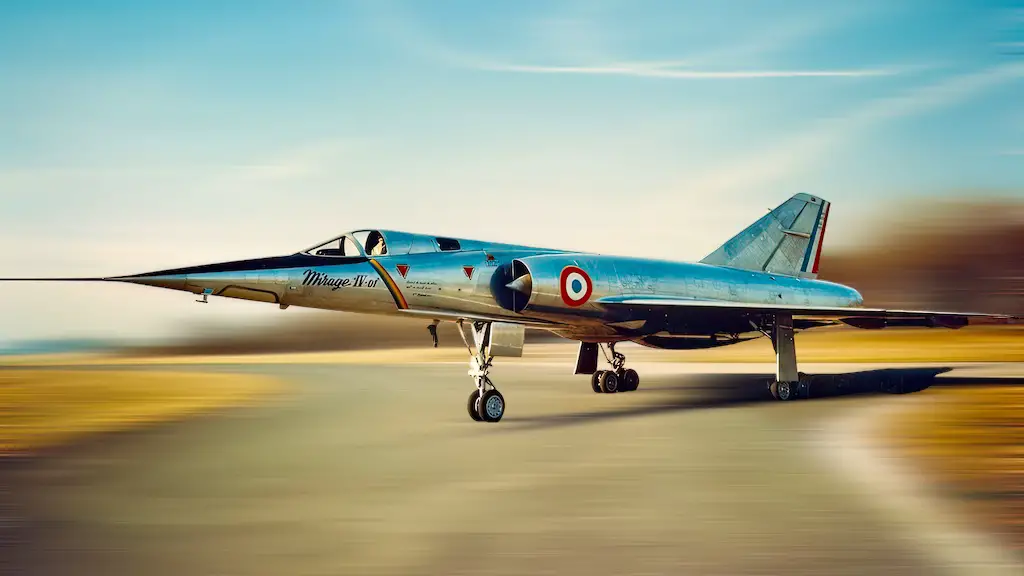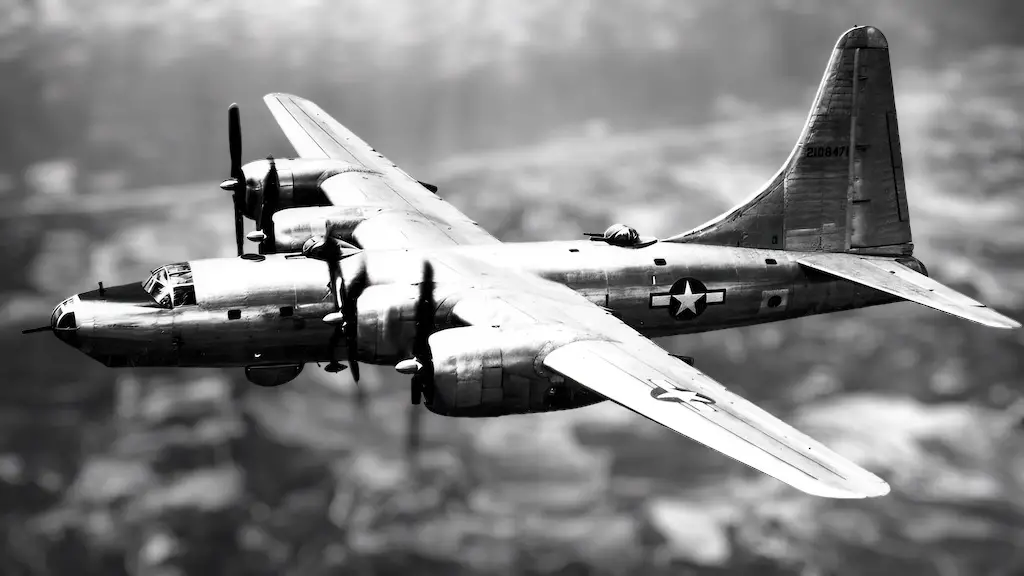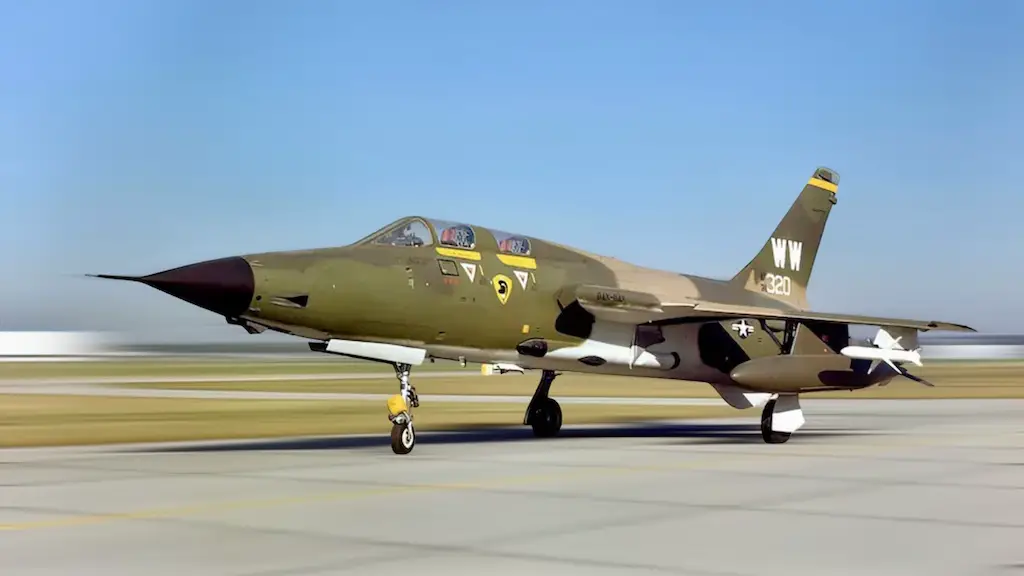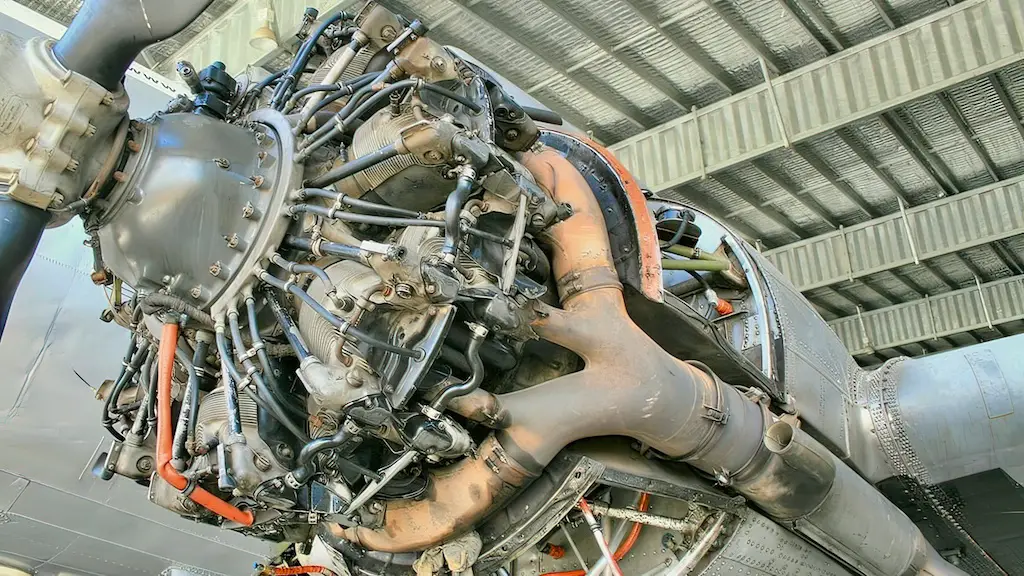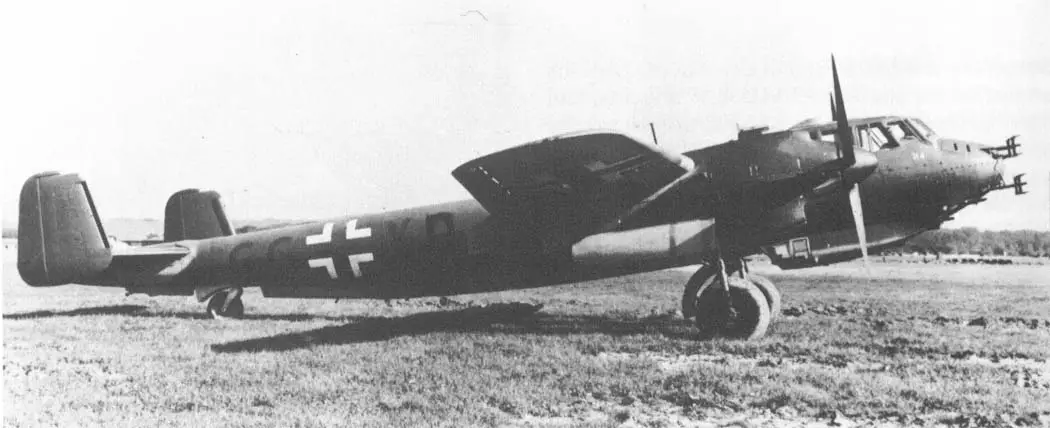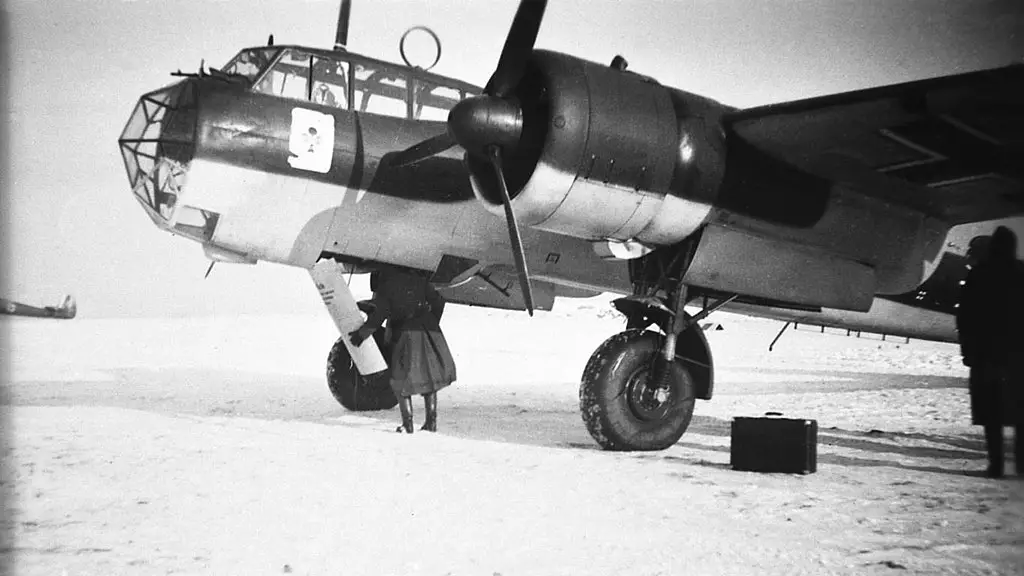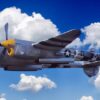The Making of a Legend
When the Dornier Do 17 first soared across the skies, it marked a defining moment in the history of aviation. It was swift, it was reasonably efficient, it was dependable, but as the Second World War progressed, it was no longer enough. The needs of the times demanded something bigger, something more formidable. Thus was born the Dornier Do 217, an aircraft that was essentially a Do 17 on steroids. With its superior performance, increased capacity, and advanced engineering, the Do 217 wasn’t just an improvement – it was a revelation, marking a dramatic leap forward in the annals of aviation history.
Compared to the Do 17, the Do 217 was a giant leap forward. Engineers aimed to address every shortfall, to improve every feature. The wings were enlarged, the nose lengthened, the fuselage widened – it was a complete overhaul. The Do 217 could fly faster, carry more, and go farther than its predecessor. But these physical modifications were just the tip of the iceberg.
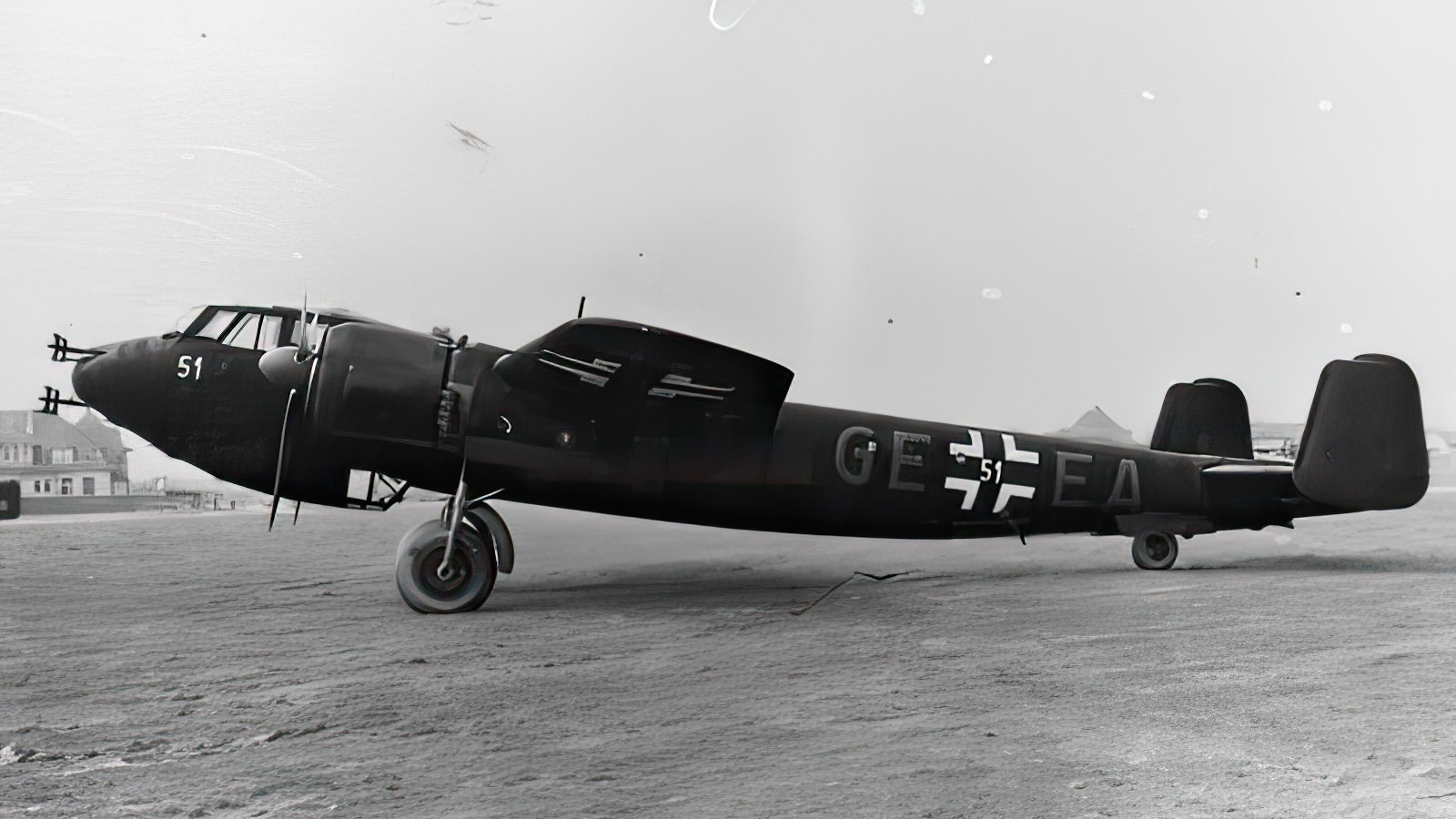
BMW 801 Engines
The real game-changer for the Do 217 was what powered it. The choice fell on BMW’s new 801 engines. These 14-cylinder radial engines were a product of rigorous German engineering and research. With 1,560 horsepower each, they outclassed the older Bramo 323 engines of the Do 17, which only delivered about 1,000 horsepower.
The BMW 801 didn’t just offer more power. It offered reliability and robustness, something pilots counted on in the heat of battle. The superior performance of these engines enabled the Do 217 to lift heavier payloads and maintain higher speeds, transforming it into a formidable machine.
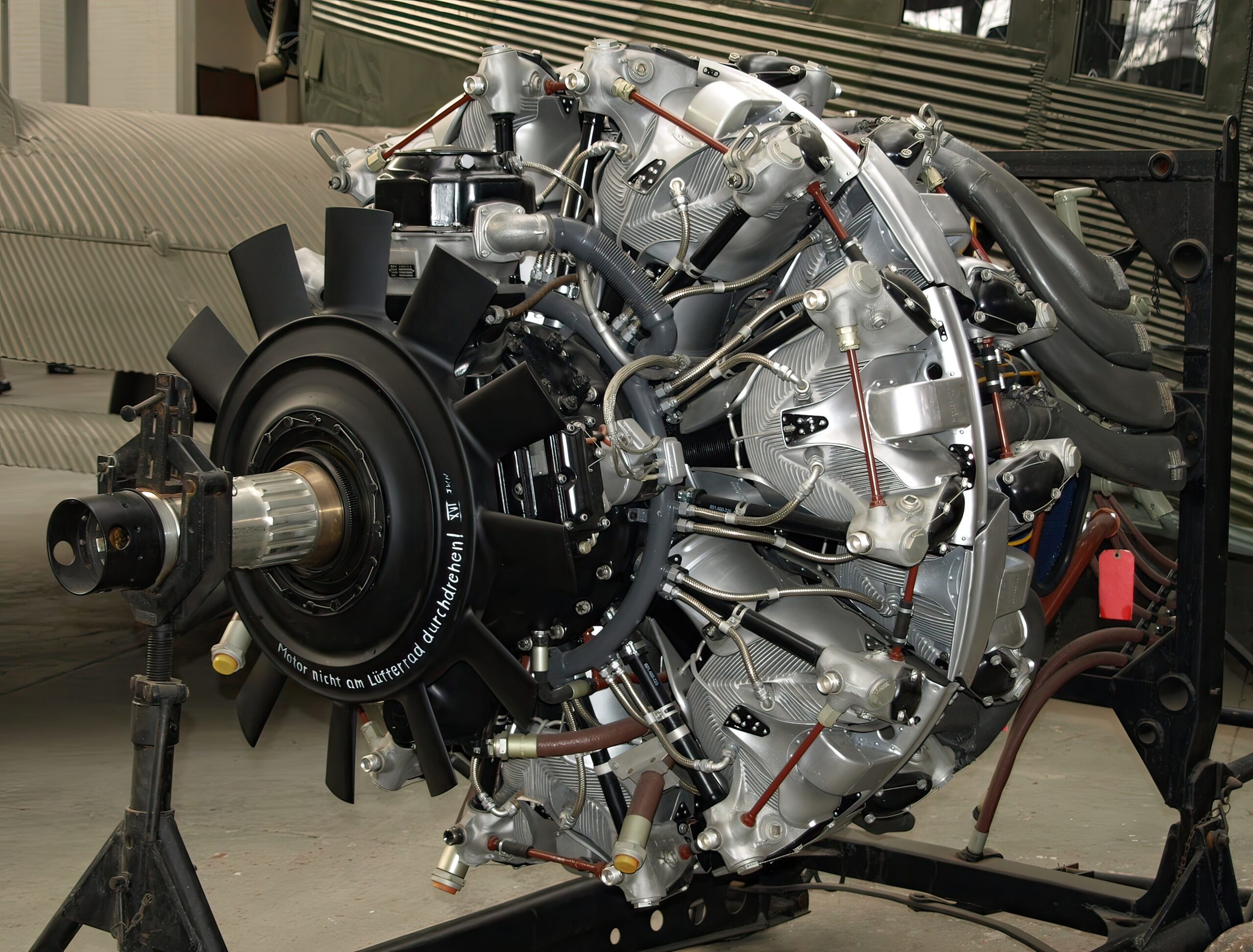
Do 217 in Action
The Do 217 entered service in 1941, immediately demonstrating its worth. It was a versatile aircraft, used in multiple roles: as a conventional bomber, a torpedo bomber, and even as a guided missile carrier. From the Eastern Front to the Battle of the Atlantic, it marked its presence. The Do 217 was the tool for every task, the solution to every problem.
Not only was the Do 217 a workhorse, but it was also a survivor. Despite often operating in intense flak and under heavy enemy fire, many Do 217s returned to base, scars and all, ready for another sortie. The sturdy construction and those robust BMW engines played a key part in its survival rate.
The Aftermath
When the echoes of war faded, many Do 217 airframes remained. But the world had moved on. Jet technology was advancing, leaving the piston-engined warbirds behind. The fate of the remaining Do 217s was largely unceremonious – most were scrapped.
However, not all met this tragic end. Some were saved from the scrapheap and found homes in museums. Today, a few Dornier Do 217s remain on display as a testament to their engineering prowess and their role in history.
